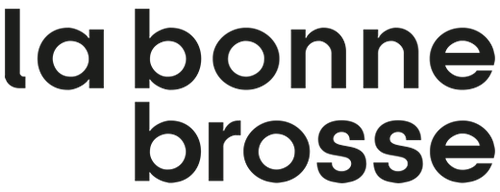Dr. Antoni Calmon
Instagram @drantonicalmon
Trained for several years alongside Dr. Maurice Dray, Dr. Calmon is now a pioneer of the French touch. His in-depth expertise in cosmetic dermatology has allowed him to develop new beauty techniques. Here, he shares with us his procedure for women and men who are experiencing hair loss problems.
1. What are the main causes of hair loss?
There are four of them.
1) Hormonal problems, which affect men more than women. Some women have too much androgen, which leads to hair loss and is treated with hormone therapy.
2) Vascular problems. This is caused by sclerosis, a decrease in blood vessels in general and in particular the capillaries in the scalp. When less irrigated and oxygenated, the scalp receives fewer nutrients and in turn the hair becomes thinner.
3) Nutrition. When you have a small appetite, you consume fewer nutrients, also, as we age, the digestive system slows down. The result: nutrients (magnesium, zinc, trace elements, etc.) are not absorbed as easily and are less present in the bloodstream and therefore in the hair. These nutrients are necessary for hair production.
4) A decrease in keratinization in the hair follicle, i.e. the process of hair production, is often a consequence of the above-mentioned hair loss causes.
2. What are the treatments for hair loss in your clinic and how often should they be carried out?
We can treat hair loss within the clinic, in particular cases relating to nutritional, growth and vascular issues. This is done by injecting the scalp with PRP (Platelet Rich Plasma), which is full of growth factors and stem cells. This is the Rolls Royce of injections. Another option, similar to mesotherapy, is the injection of vitamins into the scalp. This is ideal for stimulating and nourishing the scalp and providing it with the nutrients necessary for hair growth. It is worth noting that injecting the scalp allows for its revascularization. The PRP is carried out once a month for a duration of three months, the effect is really visible after the fourth month.
3. And the best at-home treatments? What results have you seen?
At home, there are many things you can do:
- You can take hormonal treatments.
- You can take Minoxidil, a molecule that accelerates the keratinization of the hair.
- You can have your hair cut regularly, so you don't let it grow too much. This way, the hair’s energy is better channeled and distributed, allowing it to grow more intensely. Ideally, cut off 1 cm per month.
- In the case of insufficient nutrition, taking food supplements (Bepanthene, Biotin and trace elements) is very effective.
- You can focus on the mechanical stimulation of the scalp by using a good hair brush. Boar bristle hair brushes distribute sebum throughout the hair and regulate its production. Hair brushes made of fibers have made excellent progress and offer alternatives that should not be overlooked. In both cases, the hair brushes must have a small cushion that stimulates vascularization of the scalp. I advise my patients to brush their scalp energetically, every day and in all directions. From the back to the front and vice versa, from one temple to the other... Ideally once or twice a day to fight against hair thinning.
4. When to intervene?
As a preventive measure, I recommend adopting the following three habits: brushing your hair, regular haircuts, and a balanced diet. If alopecia begins, you should then consult your doctor.
5. Should I protect my hair from the sun, as I do with my skin?
Once the skin is damaged by the sun, the damage is permanent, which is not the case for hair. Hair that is exposed to the sun will be affected, but not newly grown hair. The sun will not affect growth or future hair, provided you wear the appropriate sun protection. It will cause affected hair to fade and become porous. I therefore recommend UVA and UVB sun protection and a hat for the scalp.
6. In your opinion, what is the best hair treatment?
This is what I give to my patients: minoxidil, propecia, PRP injections. For the more holistic part, nutritional supplements: magnesium, iron, bepanthene, and zinc for regrowth, in the form of nutritional supplements or an intra-muscular injection. A monthly visit to your hairdresser. The purchase of a good hair brush for thorough brushing twice a day.



